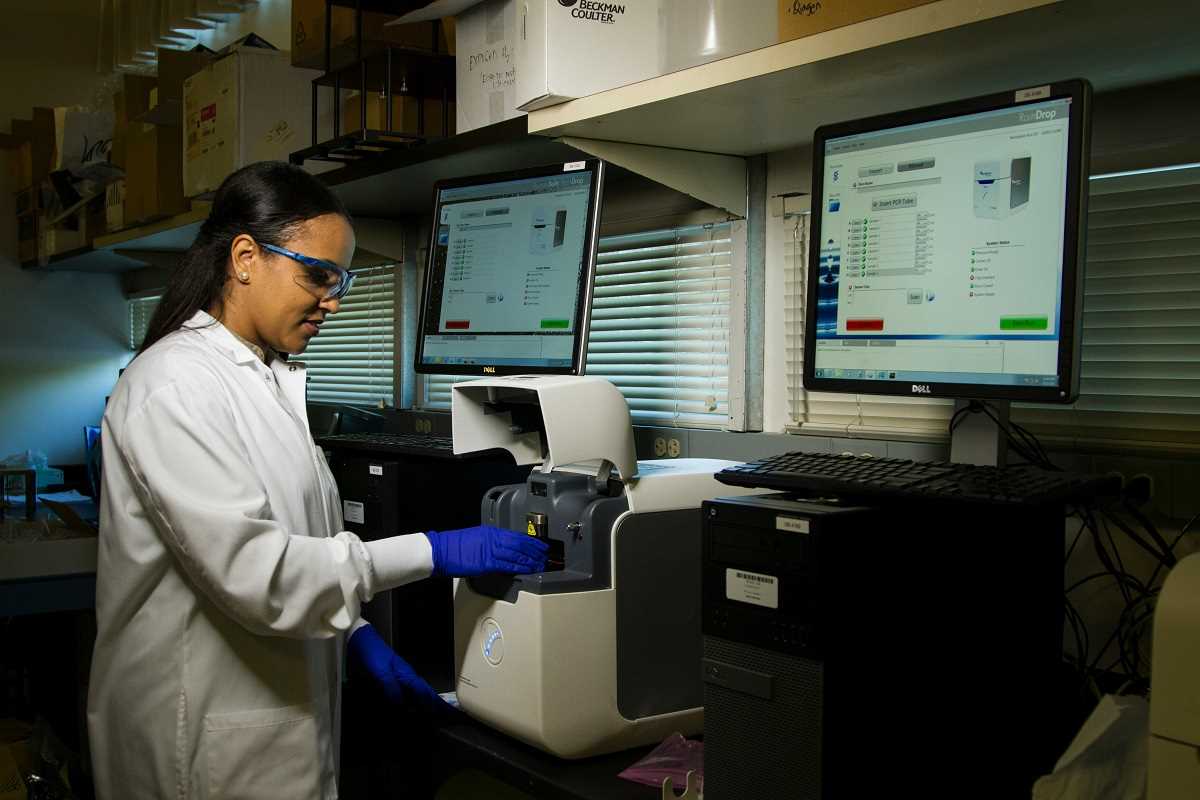Workflow automation is one of those phrases that can either sound intimidating or incredibly exciting, depending on who you’re talking to. Some see it as a high-tech wonder that simplifies complex tasks, while others might feel it’s just another way for companies to micromanage employees through technology. However, in the modern workplace, the truth is clear: workflow automation is revolutionizing how teams handle task management. It doesn’t replace creativity or innovation but instead removes repetitive, mundane obstacles so teams can focus on the work that matters.
When implemented effectively, workflow automation has the power to improve productivity, streamline collaboration, and reduce errors, which sounds pretty magical when you think about it. Gone are the days of endless email chains, scattered to-do lists, and the human tendency to drop balls simply because we’re trying to juggle too many of them at once. With automated workflows, teams can better allocate time, effort, and resources to accomplish goals without the chaos. So, how exactly does automation affect the intricate dance of task management? Let’s dive in.
Streamlining Daily Processes
Most teams struggle with a combination of human error, delays, and the mental load of tracking a thousand moving pieces of a project. Workflow automation steps in by taking over those repetitive and time-consuming tasks. For instance, things like assigning tasks, following up on deadlines, sending reminders, or even updating status reports can all be automated using smart systems. Imagine setting up a system so that a manager doesn’t need to manually assign every single task or follow-up with the team every morning. Sounds dreamy, right?
Automation tools can handle workflows such as onboarding, reporting updates, approvals, and task assignments with efficiency and precision. With these processes running on autopilot, teams have the mental space and time to focus on strategy, creativity, and problem-solving. Employees can also be assured that automated workflows eliminate the risk of accidentally overlooking something important or missing a deadline because a human brain got distracted.
These processes can integrate tools like project management software, email triggers, and digital calendars. They act as a well-oiled machine in the background, freeing humans from the manual effort involved. And when machines manage the “boring stuff,” the focus shifts to human qualities like intuition, judgment, and emotional intelligence — qualities that automation can’t replicate (thankfully).
Building Better Collaboration
One of the biggest hurdles teams face is miscommunication or the lack of clear visibility into who is doing what and when. Workflow automation provides solutions to these issues by improving transparency and offering real-time tracking of task progress. When automated systems are in place, everyone on a team has access to the same up-to-date information, reducing misunderstandings or duplication of effort. A shared and clear picture of responsibilities allows teams to work toward shared goals more effectively.
Automation tools ensure that updates are automatically sent out to team members, so managers don’t have to repeatedly check in to ensure everything is on track. This type of system creates accountability without micromanagement. Employees know their responsibilities because they’re assigned and tracked through these smart workflows, making it easier to manage progress and align individual tasks with team objectives.
Think of collaboration as teamwork amplified by communication technology. When every piece of information flows seamlessly through a digital pipeline, the team's ability to cooperate increases significantly. Everyone feels on the same page, even if they’re across the world or handling different aspects of a project. Automated workflows help eliminate the silo effect—where teams get stuck in isolated operations — and bring the whole team together.
Reducing Errors and Ensuring Consistency
It’s safe to say that human error is inevitable. After all, we’re all a little prone to distractions, overcommitments, or plain old forgetfulness from time to time. Workflow automation removes these human inconsistencies by standardizing processes and ensuring the same steps are followed every time. This kind of automation creates a repeatable, predictable environment where tasks are completed uniformly and efficiently.
The elimination of variability reduces the risk of mistakes slipping through the cracks. Take approvals as an example. Without a clear automated approval process, requests can be delayed or forgotten, leading to frustration and workflow disruption. Workflow automation eliminates these bottlenecks by setting clear rules for progression, ensuring nothing sits in limbo for days on end.
Teams can trust that automated systems adhere to predetermined rules and schedules, leaving less room for confusion and error. These tools bring structure and routine without making teams feel robotic or restricted. A predictable process ensures that time isn’t wasted retracing steps or correcting mistakes, which creates a smoother workflow for everyone involved.
Enhancing Time Management
Time is always a precious commodity in teams. There are only so many hours in the day, and task overload can make deadlines feel like an unmanageable weight. Workflow automation helps teams gain better control over their time by removing bottlenecks and ensuring that deadlines are met without last-minute scrambling. With automated workflows handling the routine and administrative tasks, teams can focus their efforts on strategic thinking and creativity — two things that can’t be programmed into a machine.
By automating recurring processes, teams save time that can instead be spent on innovation, planning, or collaboration. And let’s face it—any system that frees you from sending endless follow-up emails or wondering if you forgot a deadline is a system worth implementing. Workflow automation allows managers and employees alike to plan their schedules with more certainty, knowing that automated triggers and processes will handle the smaller, repetitive elements of task management.
Efficiency doesn’t mean eliminating human roles but enhancing how humans spend their time. With less time spent focusing on administrative hassle, teams can pivot toward high-value activities. This allows companies to not only boost productivity but also avoid burnout by ensuring employees spend their time on meaningful, rewarding work.
Adopting Workflow Automation in Your Team
So, how can teams take the leap into the world of workflow automation without feeling like they’re replacing the human touch with cold, impersonal robots? First, teams need to assess the processes that could benefit most from automation — repetitive, time-consuming, or error-prone tasks are great places to start. Tools like project management software, automated communication systems, or even AI-based scheduling can help set teams on the path to streamlined workflows.
Of course, embracing technology comes with its own learning curve. Teams need to invest time in training and adapting their processes to align with automated systems. A sudden shift can feel overwhelming, so integrating new tools with patience and clear communication is essential. Leadership must emphasize that automation isn’t about replacing human effort but empowering teams by simplifying processes and clearing distractions.
 (Image source: Midjourney)
(Image source: Midjourney) 





